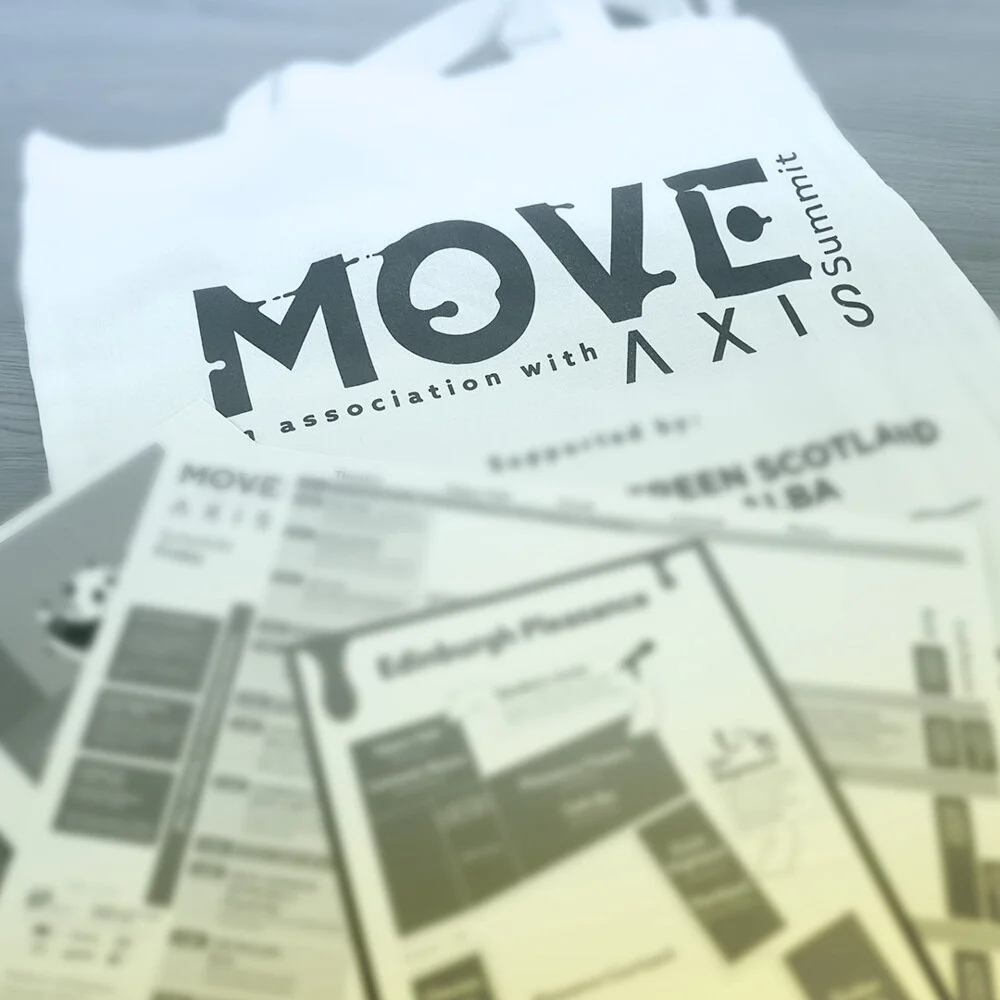Learn how to use photo references to create great figure drawings
How to use photo references for your figure drawings in your medical illustrations
As a medical illustrator, it’s not unusual to be given a brief that asks for a person of a specific demographic, with anatomy added and possibly showing some symptoms of a disease. Using reference is an important part of this process because we need to create images that are not only accurate, but also original, and true to the subject that we want to show.
References are vital for this, but sometimes we can rely on them a little too much, or not enough, and cause our drawings to suffer as a result. It's unlikely that we will get to draw a subject from life or have time to do this in a production environment, so we often rely heavily on using both written and visual references to create our work.
Pitfalls of bad reference use
So let's say you're given a brief for an illustration that depicts a figure and you find a perfect photo that includes everything you need to show. Even if you were to come across a perfect image like this, creating something directly based on one image could cause you to run into some issues like:
Showing unnecessary (or incorrect) information
Problems with preserving anonymity
Problems with licensing or copyright infringement territory
It can also cause your drawing to look a bit flat and prevent you from creating a truly original piece, which is always a nice thing to be able to do
So how do we avoid this?
Tips for gathering references
1. Understand the brief
First you want to get to know the brief and understand exactly what you're being asked to produce. It's a simple thing, like remembering to read the whole question in an exam, which can often be overlooked. Doing this will help you focus your search and provide an anchor to periodically check back in on during the whole process.
If you're studying or self-initiated, it's great practice to write your own brief and lock it down before you begin.
Using the brief as your guide, you can start gathering references. You can use google image search, stock image sites, or make your own.
2. Log your references in one place
Keep everything in a folder, or somewhere you can easily access everything. I like to use Notion and Pinterest as well depending on the project.
3. Don’t rely on a single reference
Don't worry too much if a single reference doesn't match every point in the brief exactly. Finding something for each point is the goal. For example, these images show the kind of demographic we're gonna be drawing, and we've made some of our own here to get the exact poses we want.
4. Take your own photo references
Making your own reference is a top tip you can learn from many professional artists and animators, like those as Disney. We can borrow techniques from them to create our own references for our medical illustrations.
5. Some questions to think about when making and gathering images are:
Will this pose help to showcase the important anatomy/symptoms outlined in the brief?
Does the pose work as a composition and is it still readable as a silhouette?
Now it's time to draw!
1. Frankensteining your figure
Rather than relying on one perfect image, we can easily Frankenstein different parts of our reference images to create a pose that best fits your brief. Identify the key information you need, pull out the common elements from each photo. It’s a similar method to what American illustrator, Norman Rockwell, does with his paintings.
2. Check your proportions regularly At this stage it becomes pretty useful to have a grounding in drawing the figure so you can spot any issues with proportions or make changes based on the demographic you're showing.
3. Go back to references if you’re unsure If you're feeling unsure about your figure drawing skills or can see that something's not working but you aren't sure why, it's totally ok to jump back into reference hunting to see if you can find something to help you. It's also great to hit up a classmate or colleague who might be able to spot something you may not be able to see after so much time looking at it.
Don’t wait for a brief to practice these skills!
The great thing about these tips is that you don't need to wait for a specific brief to come in for you to use them. You can actually employ this tactic to help you practice drawing.
Practice tip 1
One method is to take 2 photos of a subject from different angles, and then use the information from them to draw the same subject at a new angle. This will help you to develop your spatial awareness skills.
Practice tip 2
An alternative is to take 2 different subjects, and then combine aspects of each to create a whole new drawing (e.g.: draw this lady's face with this hairstyle, or use this head position but make him look like this).
These methods are more of a challenge than drawing straight from a single photo, but they can really go a long way to help you develop and maintain some independence from single photo references, and this is an incredibly useful skill to be able to bring to jobs right across the industry.
So thanks so much for watching and reading. Comment below and if you found this resource useful. Thanks so much!



